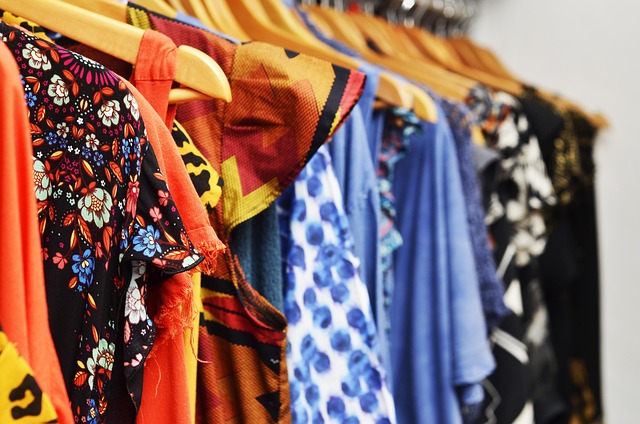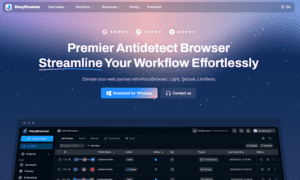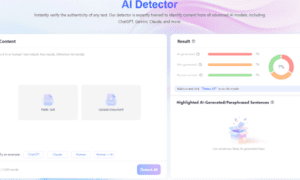It is both an art and a science to run a boutique. When it comes to buying clothes in bulk, one of the most critical factors in turning your passion into profit lies in mastering the logistics, while you may have a clear vision of your brand’s style, aesthetic, and target audience.
You should know that the vital components of a successful retail operation are to choose the right supplier, manage costs, and curate a desirable selection of merchandise.
We are here to help whether you’re just starting your boutique business or looking to refine your product sourcing strategy.
Read the article to learn everything you need to know about purchasing wholesale clothing. From selecting top-rated suppliers like Shewin to analyzing trends and quality, it helps you buy bulk clothing with confidence.
Why Buy in Bulk
Buying in bulk can unlock significant advantages for boutique owners, especially when scaling or trying to increase margins. Here’s why bulk purchasing is a smart strategy:
- Cost Efficiency: Bulk orders often come with lower unit costs, allowing for a healthier markup.
- Inventory Control: Consistent access to stock ensures you’re not constantly running out of bestsellers.
- Exclusive Access to Collections: Some wholesalers reserve their trendiest or seasonal pieces for larger buyers.
- Brand Consistency: Sourcing from a single supplier for various items can help maintain consistency in quality and style.
Ultimately, buying in bulk enables boutique owners to increase their competitiveness in a saturated market.
How to Buy Clothes in Bulk
So, how to buy clothes in bulk, here are useful steps for you to check out.
1. Research Reputable Wholesale Suppliers
Before you place a bulk order, the key is to find a trustworthy wholesale supplier. An excellent supplier ensures product quality, reliability, timely shipping, and ongoing customer support.
One standout example in the wholesale clothing space is Shewin. Shewin offers thousands of stylish, ready-to-ship clothing options for women, including casualwear, activewear, loungewear, and more.
Boutique owners worldwide appreciate their competitive pricing, up-to-date collections, and flexible ordering options.
They are also featured on various industry lists of the best wholesale clothing sites, making them a go-to resource for new and seasoned fashion retailers alike.
When evaluating suppliers, consider the following:
- Product Range: Do they offer diverse styles and categories?
- Return Policy: What happens if an item arrives damaged or doesn’t sell?
- Shipping and Fulfillment: How fast do they process orders? Do they ship internationally?
- Reviews and Ratings: What do other boutique owners say about them?
2. Understand Your Target Market
Your boutique’s unique identity should be the guiding force behind every inventory decision you make. Before ordering in bulk, ask yourself:
- What is the age range and lifestyle of your ideal customer?
- Do they prefer trendy or timeless pieces?
- Are they budget-conscious or willing to pay a premium for exclusivity?
- What colors, fabrics, or fits do they typically gravitate toward?
Shewin simplifies this process by providing curated categories that match different customer preferences. For example, if your boutique focuses on cozy, fall-inspired styles, their wholesale sweaters collection offers a range of chic, soft, and affordable options your customers will love.
3. Always Order Samples First
Even with the most trusted suppliers, it’s the best practice to order samples before committing to large quantities. Here’s why:
- Quality Assurance: Feel the fabric, check the seams, test the stretch and fit.
- Size Consistency: Sizing can vary from brand to brand.
- Packaging and Branding: See how items are presented before they reach your customer.
Sampling is a low-risk way to build confidence in your purchasing decisions. Shewin, for instance, allows for small minimum order quantities on many items, so you can test pieces before scaling your purchase.
4. Choose the Right Product Mix
When buying in bulk, it’s important to diversify your offerings while maintaining a clear brand aesthetic. Avoid the temptation to over-order trendy items, and instead aim for a curated mix that includes:
- Staples: Year-round essentials like denim, tees, and blouses.
- Seasonal Pieces: Sweaters, swimwear, coats, and other time-sensitive apparel.
- Statement Items: Bold prints, unique cuts, or seasonal fashion-forward designs.
Shewin’s wide catalog allows you to explore various categories without straying from your brand’s core identity. Their platform is particularly boutique-friendly, offering detailed product descriptions, images, and sorting filters.
5. Track Trends and Forecast Demand
Staying relevant in the fast-changing fashion industry means keeping an eye on what’s trending and what’s fading. To make smart bulk purchases:
- Follow fashion blogs, influencers, and seasonal runway trends.
- Analyze your past sales data to understand what your customers buy.
- Use platforms like Pinterest and Instagram to track style demand.
Many top wholesale suppliers, including Shewin, provide trend reports and blog articles that can guide your seasonal purchases.
6. Set a Budget and Manage Cash Flow
Bulk buying requires upfront investment, which can impact your boutique’s liquidity. Before placing large orders, set a clear and realistic budget that includes:
- Product costs
- International or domestic shipping
- Customs and duties (for cross-border buyers)
- Storage and handling fees
Avoid over-ordering early on. Instead, track your sales and reorder bestsellers once proven. A smart supplier will have restocking options and keep your favorites available across seasons.
7. Plan Your Inventory Ahead of Time
Planning is the key to inventory success. Avoid panic buying by creating a purchasing calendar. For example:
- Q1: Light sweaters, long-sleeved tops, layering pieces
- Q2: Dresses, shorts, tanks, lightweight cardigans
- Q3: Swimwear, festival wear, activewear
- Q4: Wholesale sweaters, outerwear, holiday fashion
Shewin offers seasonal updates and product launches that align with this kind of planning, helping you stay ahead of customer demand.
8. Understand Return and Exchange Policies
Buying bulk means dealing with occasional defects, sizing issues, or damaged items. Before committing, always check the supplier’s return and exchange policy. A reliable partner like Shewin has a clearly stated return process, making it easier for boutique owners to manage unexpected hiccups in inventory.
Also, inquire about:
- Who covers return shipping?
- Is there a restocking fee?
- How long do you have to initiate returns?
Knowing this upfront protects your business from unnecessary losses.
9. Build a Long-Term Relationship with Your Supplier
Once you’ve found a supplier that aligns with your quality and pricing needs, nurture that relationship. Long-term partners often provide:
- Early access to new collections
- Exclusive discounts
- Custom orders or private labeling
- Dedicated support representatives
When you consistently order from a supplier like Shewin, you gain trust and unlock business-building perks that can help you scale.
Final Thoughts: Turn Bulk Buying into a Boutique Superpower
Mastering how to buy clothes in bulk is a pivotal step for boutique owners aiming to scale their fashion business and stay ahead of the competition. The process involves more than just browsing catalogs and placing large orders. It requires thoughtful planning, relationship-building, and ongoing trend analysis.
Ready to start buying in bulk? Explore Shewin’s wholesale fashion collections and take your boutique to the next level.





























